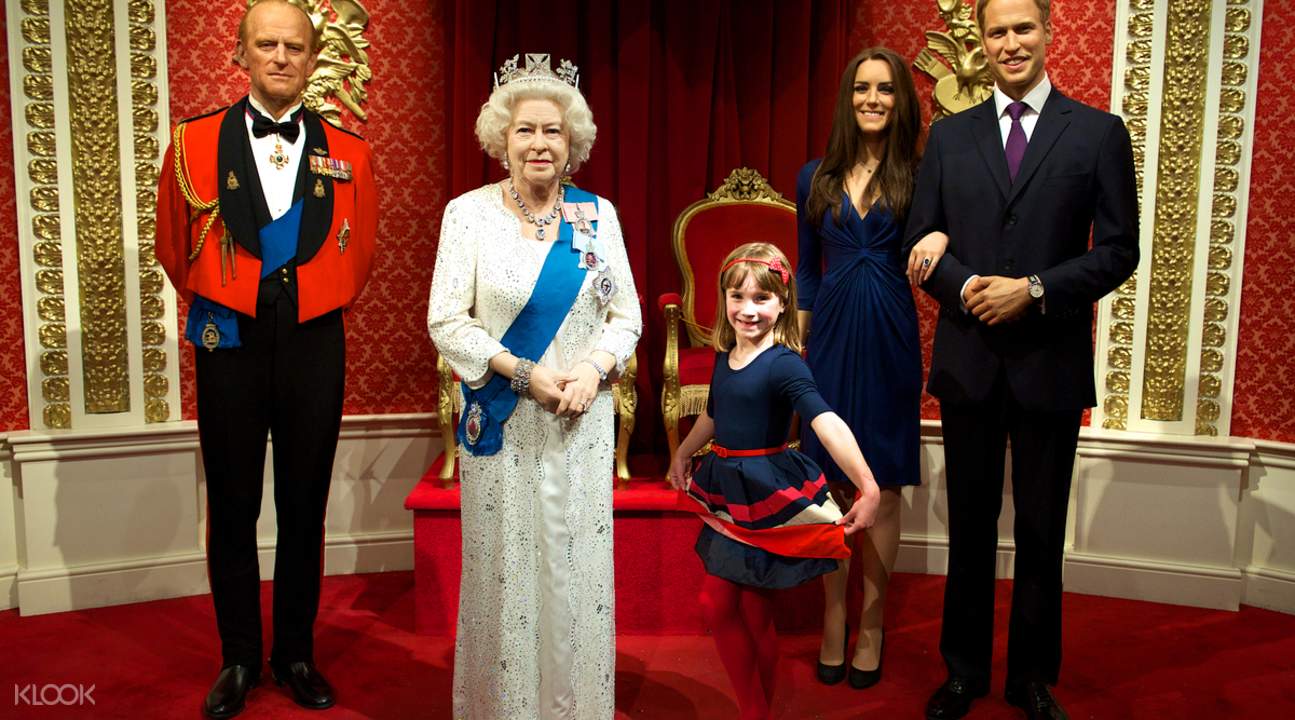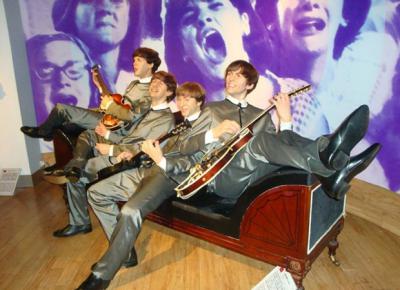
He bequeathed his collection to his protegé Marie Tussaud, who during the French Revolution made death masks of the executed royals. In 1783 this added a Caverne des Grandes Voleurs ("Cave of the Great Thieves"), an early "Chamber of Horrors".

Philippe Curtius, waxwork modeller to the French court, opened his Cabinet de Cire as a tourist attraction in Paris in 1770, which remained open until 1802. The 'Moving Wax Works of the Royal Court of England', a museum or exhibition of 140 life-size figures, some apparently with clockwork moving parts, opened by Mrs Mary in Fleet Street in London was doing excellent business in 1711. The Danish court painter Johann Salomon Wahl executed figures of the Danish king and queen in about 1740. A seated figure of Peter the Great of Russia survives, made by an Italian artist, after the Tsar was impressed by the figures he saw at the Chateau of Versailles. There he executed works of the English king and members of his court. His work became so highly regarded that James II of England invited him to visit England in 1684. Thereafter, the king authorized the figurines to be shown throughout France. He exhibited forty-three wax figures of the French Royal Circle at his residence in Paris. Antoine Benoist (1632–1717) was a French court painter and sculptor in wax to King Louis XIV. In European courts including that of France the making of posed wax figures became popular. Concerned for their revenue from visitors, the Abbey decided it needed a rival attraction for admirers of Nelson. Nelson's effigy was a pure tourist attraction, commissioned the year after his death in 1805, and his burial not in the Abbey but in St Paul's Cathedral after a government decision that major public figures should in future be buried there.

The effigy of Charles II, open-eyed and standing, was displayed over his tomb until the early 19th century, when all the Westminster effigies were removed from the abbey itself.

From the funeral of Charles II in 1680 they were no longer placed on the coffin but were still made for later display. The museum of Westminster Abbey in London has a collection of British royal wax effigies going back to that of Edward III of England (died 1377), as well as those of figures such as the naval hero Horatio Nelson, and Frances Stewart, Duchess of Richmond, who also had her parrot stuffed and displayed. After the funeral these were often displayed by the tomb or elsewhere in the church, and became a popular attraction for visitors, which it was often necessary to pay to view. In the Middle Ages it was the habit to carry the corpse, fully dressed, on top of the coffin at royal funerals, but this sometimes had unfortunate consequences in hot weather, and the custom of making an effigy in wax for this role grew, again wearing actual clothes so that only the head and hands needed wax models. The making of life-size wax figures wearing real clothes grew out of the funeral practices of European royalty.


 0 kommentar(er)
0 kommentar(er)
